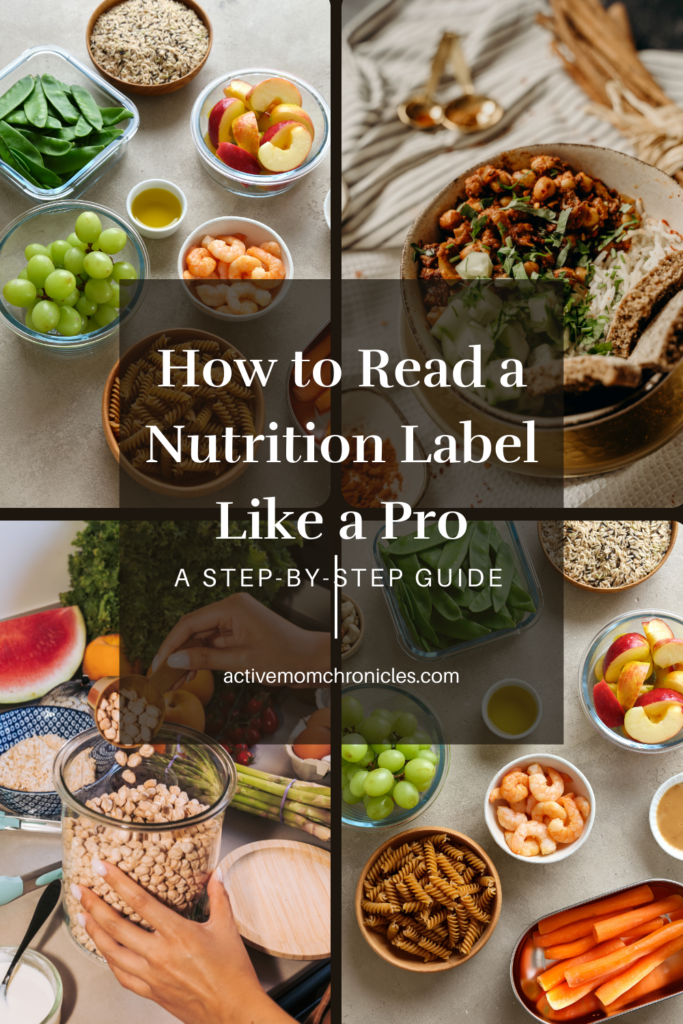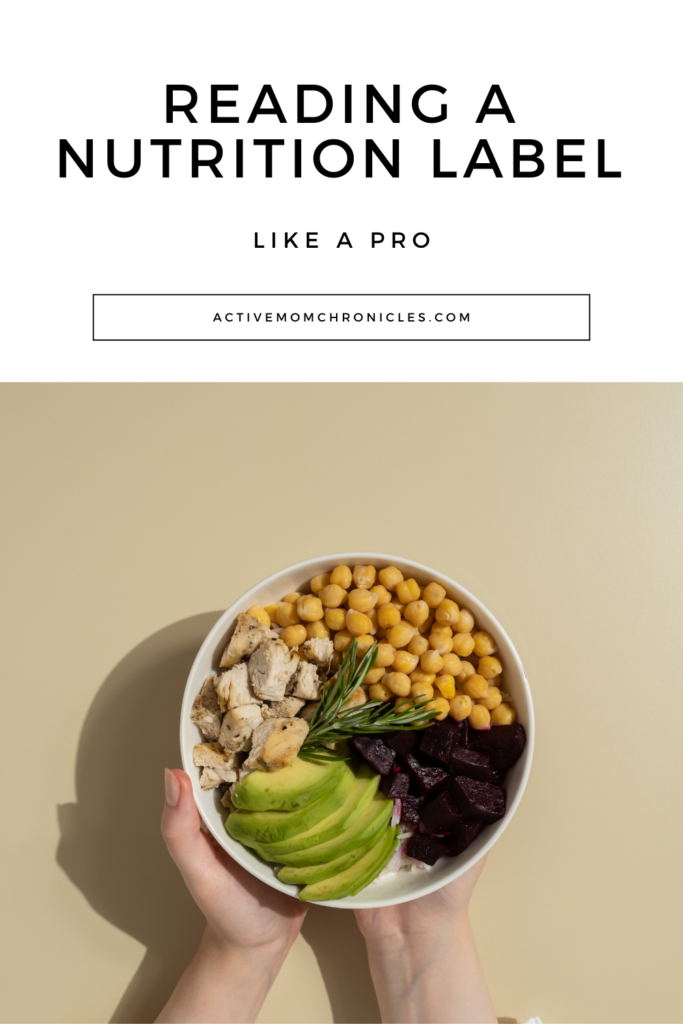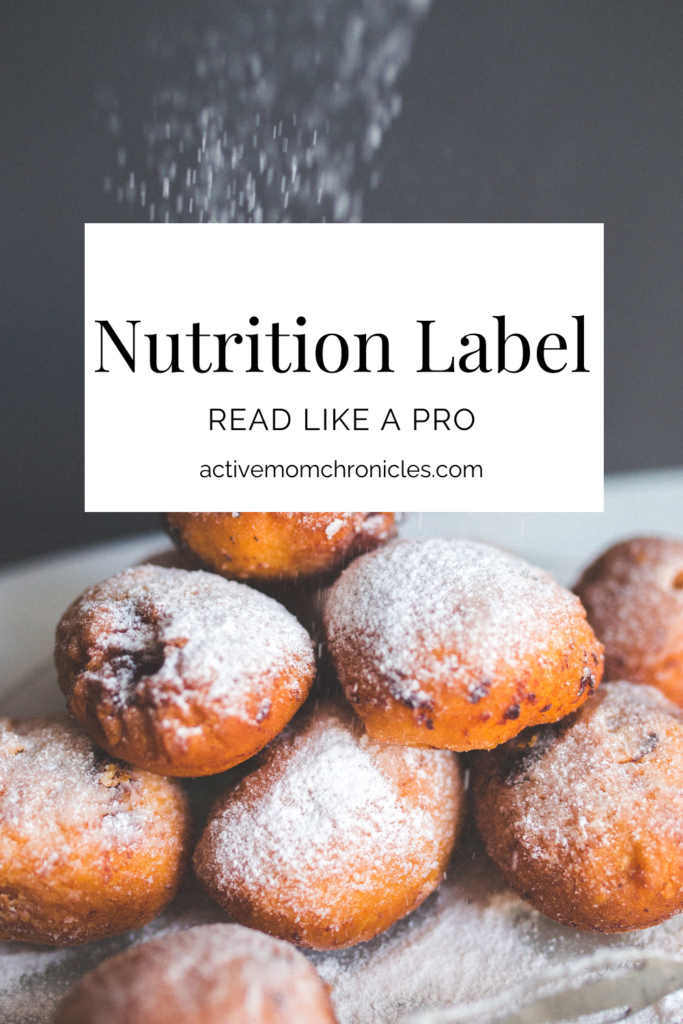Understanding nutrition labels is essential for making informed food choices. Whether you’re aiming for weight loss, muscle gain, or simply better overall health, knowing how to read labels helps you avoid misleading claims and prioritize the right nutrients.
What to Look for on the Label
When analyzing a nutrition label, pay attention to these key sections:
- Serving Size: This determines how much of each nutrient you’re consuming.
- Calories: Helps you manage energy intake.
- Macronutrients: Includes protein, fats, and carbohydrates—important for overall health.
- Fiber: Essential for digestion and satiety; aim for higher fiber content.
- Added Sugars: Should be minimized to avoid unnecessary spikes in blood sugar.
- Sodium: Watch for high levels, as excessive sodium can lead to health issues.
- Ingredients List: Shorter lists with recognizable ingredients are generally better. Ingredients are listed in descending order by weight, meaning the first few ingredients make up the majority of the product. If sugar, hydrogenated oils, or refined grains appear near the top, it’s a red flag that the product may not be the healthiest choice.

Understanding Daily Values (DV)
The % Daily Value (DV) on a nutrition label tells you how much a nutrient contributes to your daily diet based on a 2,000-calorie intake. Here’s a quick guide:
- 5% DV or less = Low in that nutrient
- 20% DV or more = High in that nutrient
For example:
- Aim for higher % DV in fiber, protein, vitamins, and minerals.
- Limit saturated fat, added sugars, and sodium to prevent health issues.
Portion Size Matters
Serving sizes can be misleading. Always check the serving size at the top of the label, as the listed calories and nutrients apply to that portion only. If you eat double the serving size, you’re consuming twice the calories, sugar, and fat.
Ideal Macronutrient Ratios
For balanced nutrition, a good macronutrient split is:
- Protein: 30-40% of daily calories (supports muscle and satiety)
- Carbohydrates: 40-50% of daily calories (focus on complex carbs and fiber)
- Fats: 20-30% of daily calories (choose healthy fats like nuts, avocado, and olive oil)
Sugar Intake
- Limit added sugars to less than 10% of daily calories (about 25g for women, 36g for men).
- Natural sugars (from fruits and dairy) are better than added sugars (like high-fructose corn syrup).

Avoid Hard-to-Recognize Ingredients
If an ingredient list has long, complex names, it often signals processed and artificial additives. Watch out for:
- Artificial sweeteners (e.g., aspartame, sucralose)
- Hydrogenated oils (trans fats)
- Preservatives and colorings (e.g., BHT, Red 40, sodium benzoate)
Final Tips
- Choose whole, minimally processed foods whenever possible.
- Compare labels across brands to pick the healthiest option.
- Focus on fiber-rich foods for better digestion and blood sugar control.
By mastering nutrition labels, you take control of your diet and make smarter food choices that align with your health goals!







Leave a Reply